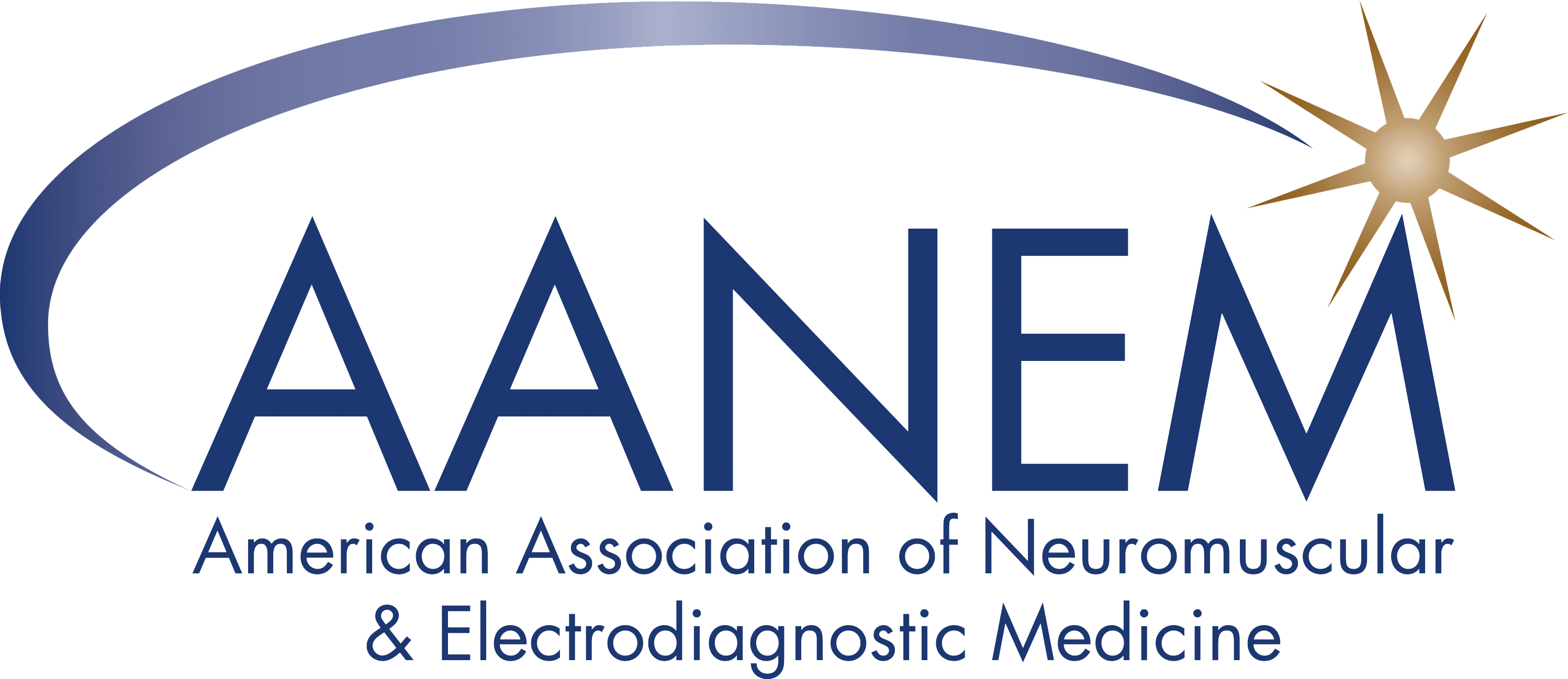Science News: Living With Dysphagia: A Survey Exploring the Experiences of Adults Living With Neuromuscular Disease and Their Caregivers in the United Kingdom
Published December 06, 2024
Science News
Submitted by: Pritikanta Paul, MD
Edited by: Nakul Katyal, MD
Citation: Allen J, Stone-Ghariani A, Quezada G, et al. Living with dysphagia: A survey exploring the experiences of adults living with neuromuscular disease and their caregivers in the United Kingdom. J Neuromuscul Dis. 2024;11(2):389-410. doi:10.3233/JND-230002
Summary: Dysphagia is prevalent in adults with neuromuscular disease (NMD), leading to complications like malnutrition and pneumonia, impacting quality of life. Challenges in healthcare delivery highlight the need for patient-centered dysphagia management pathways and research.
This cross-sectional study used surveys to explore dysphagia experiences in NMDs. One survey targeted individuals with NMDs, featuring 40 mostly multiple-choice questions covering various aspects of their condition. Another survey, with 43 questions, focused on caregivers who had cared for someone with NMD and swallowing issues in the past 18 months. Participants and caregivers aged 18 years or older, self-screened for eligibility and completed the surveys online.
The authors acknowledge limitations such as potential recall bias and survey response bias, which might lead to an overestimation of dysphagia's impact. Additionally, incomplete survey data and low representation from certain NMD groups may affect the study's generalizability and depth of insights.
Comments: The study highlights the profound impact of dysphagia on individuals with NMDs and their caregivers, emphasizing significant gaps in healthcare assessment and education. It reveals that a substantial number of NM patients experiencing dysphagia symptoms have not received professional evaluation, underscoring the need for improved healthcare access and proactive management strategies. While dysphagia symptoms share commonalities across NMD groups, there are unique aspects specific to each disease, necessitating tailored approaches.
This article underscores the importance for the AANEM audience to recognize and manage dysphagia promptly and effectively in patients with NMDs. It highlights the critical role of healthcare providers in improving patient outcomes and supporting caregivers faced with dysphagia-related challenges.
